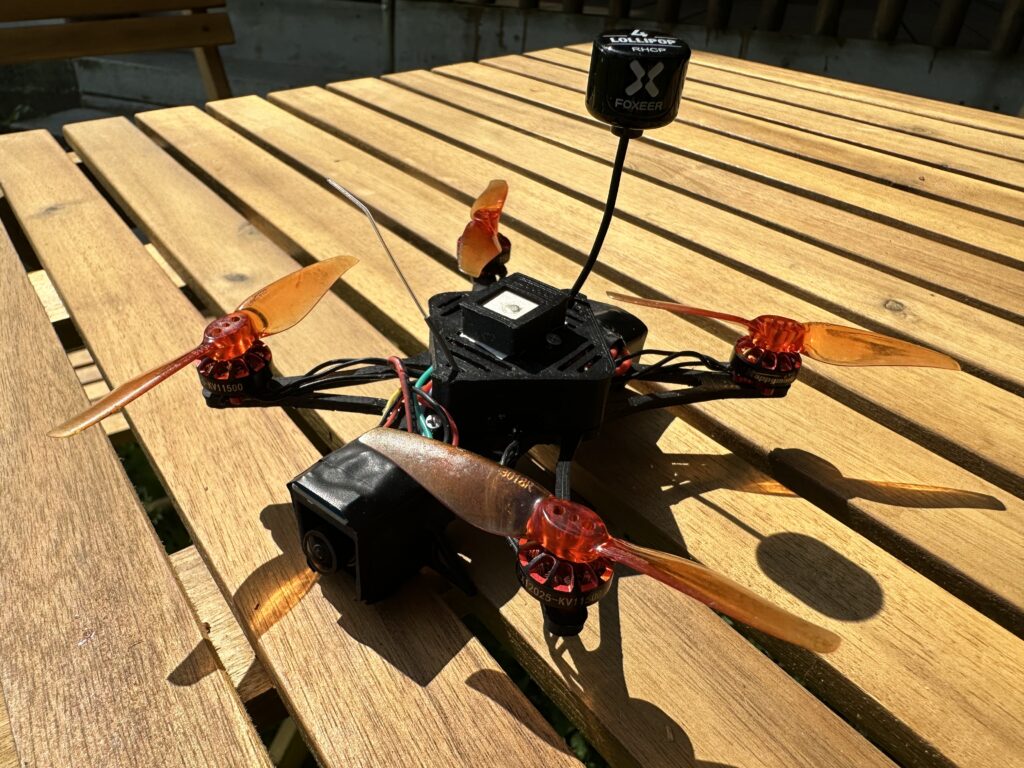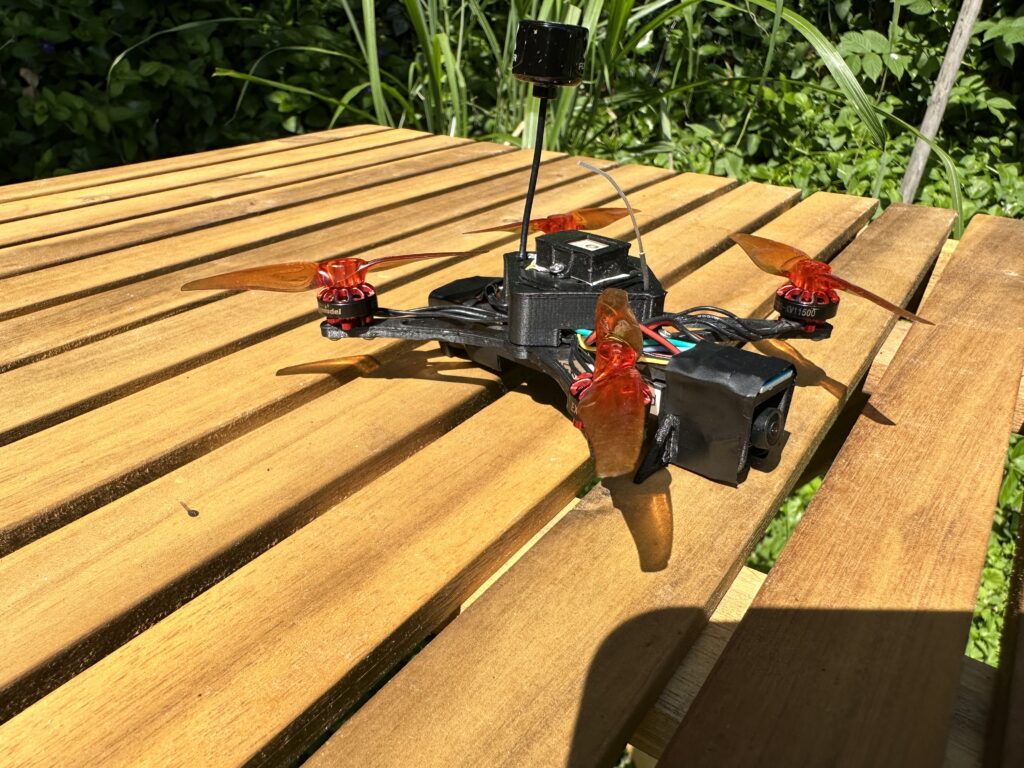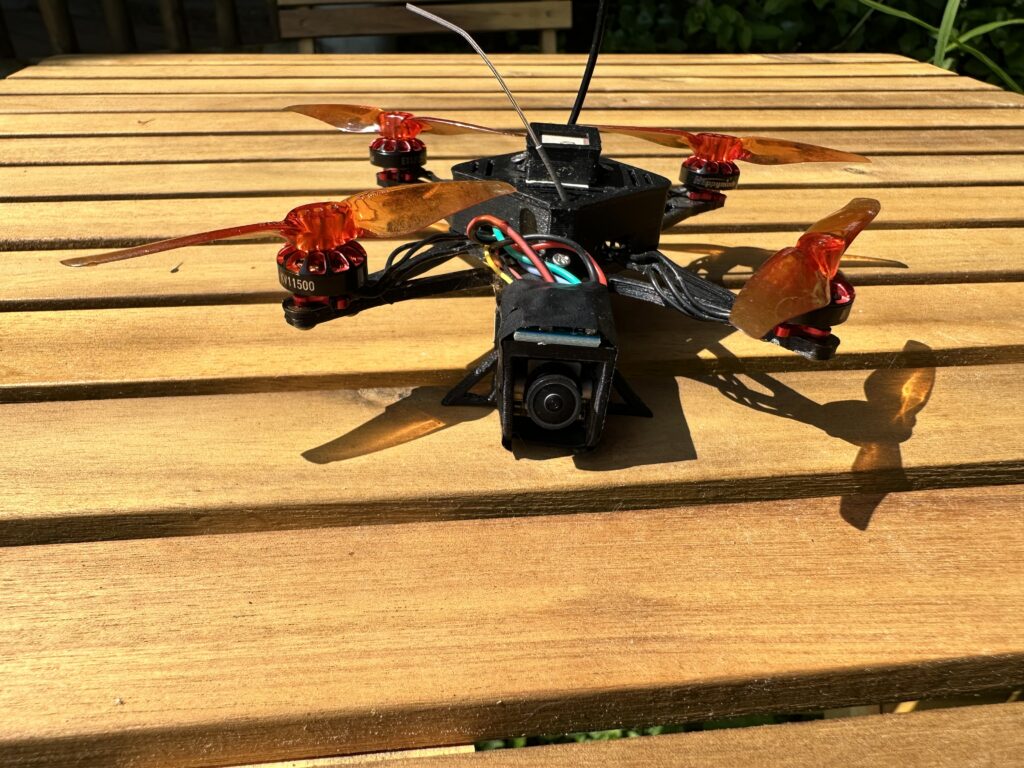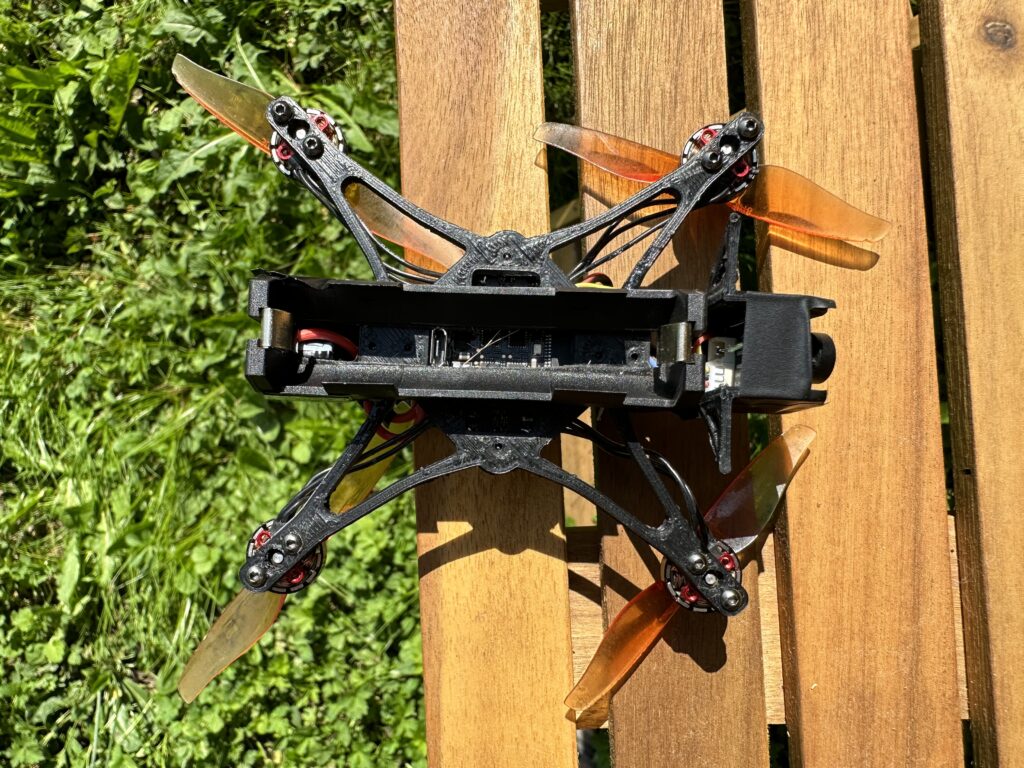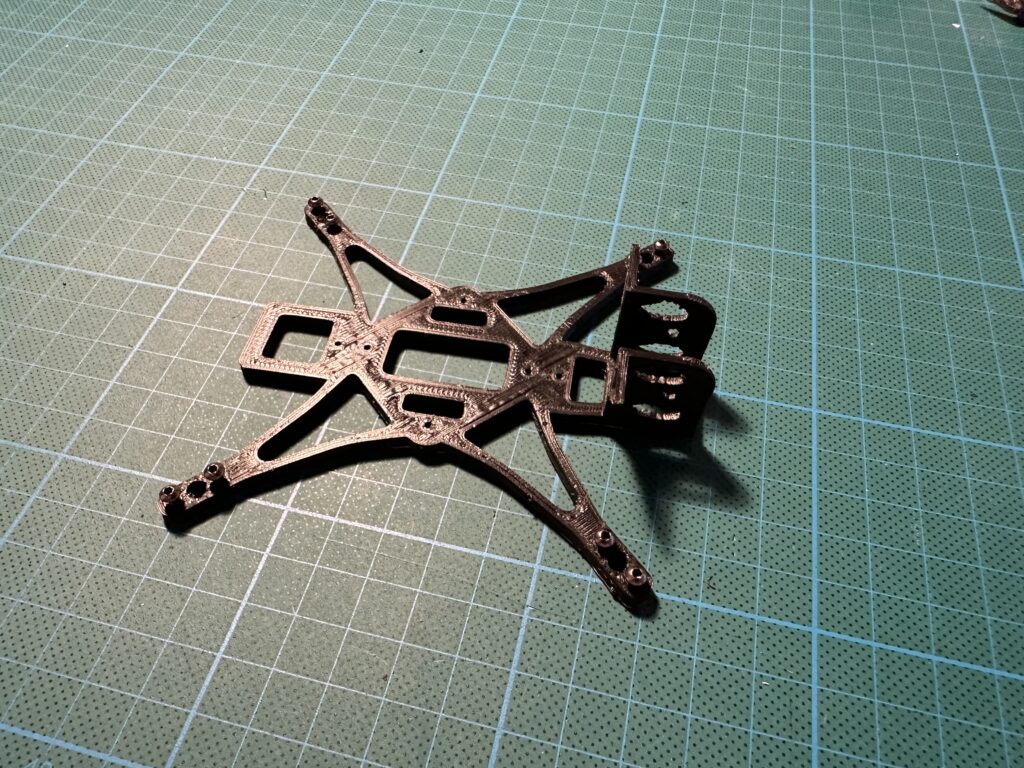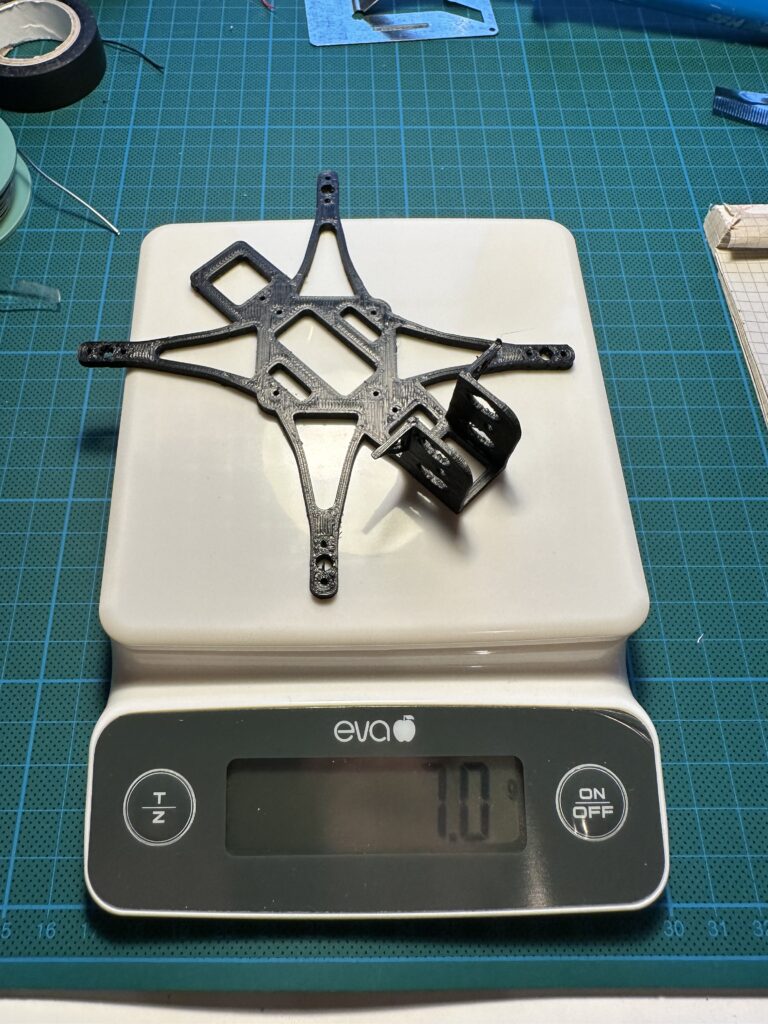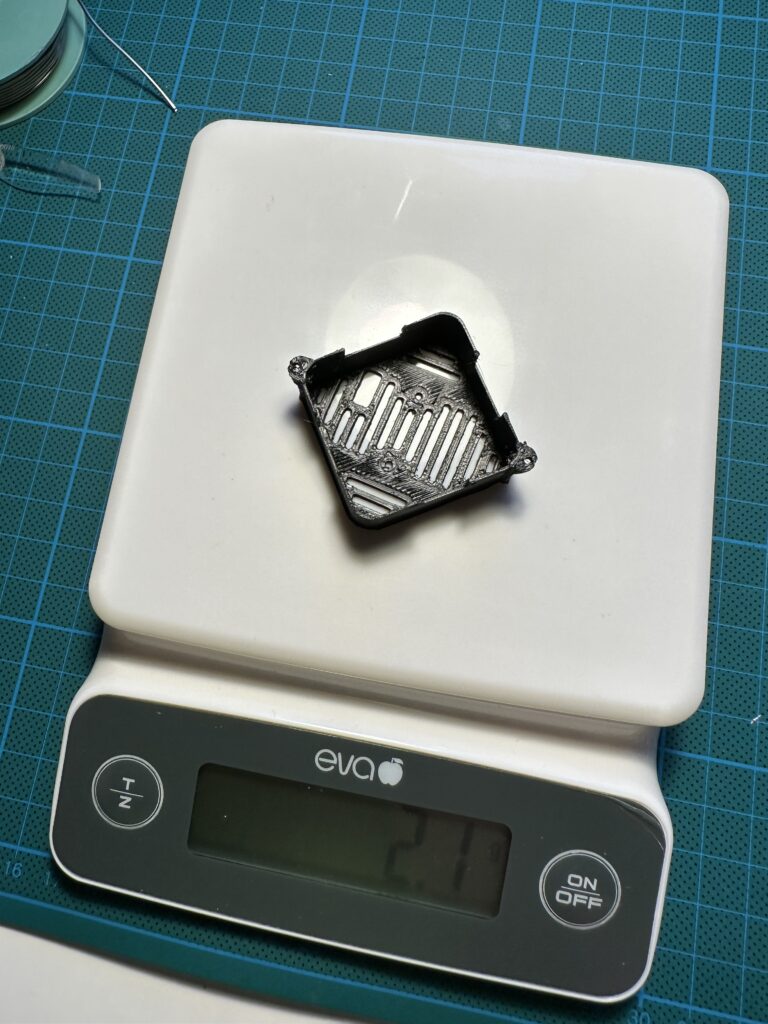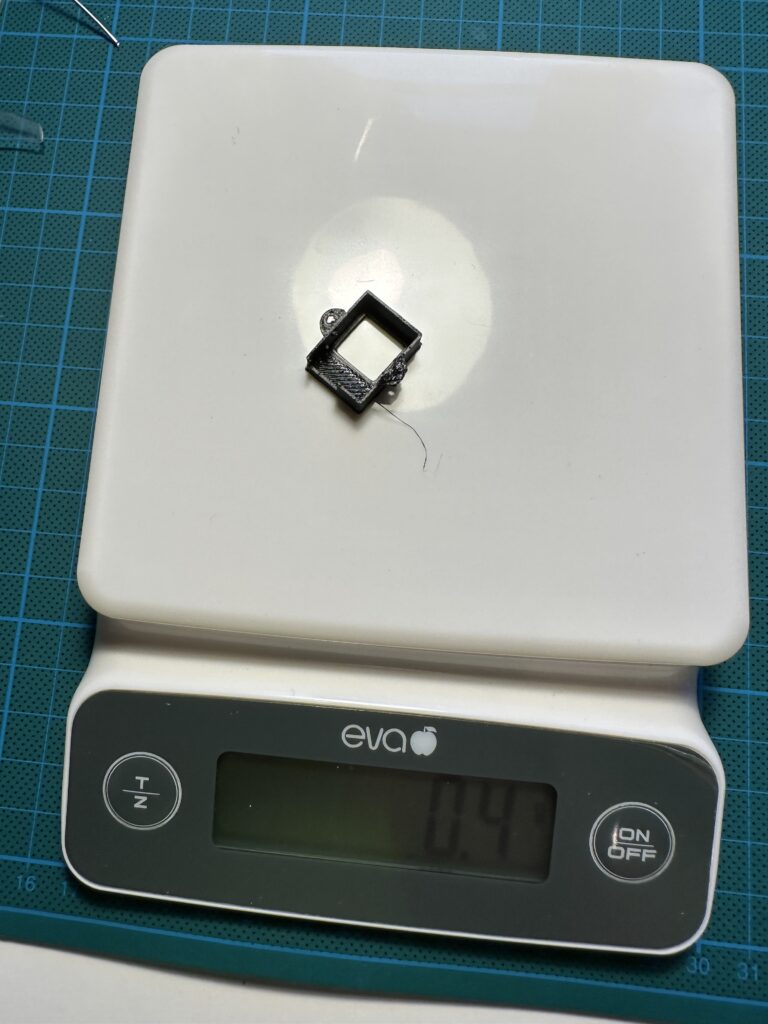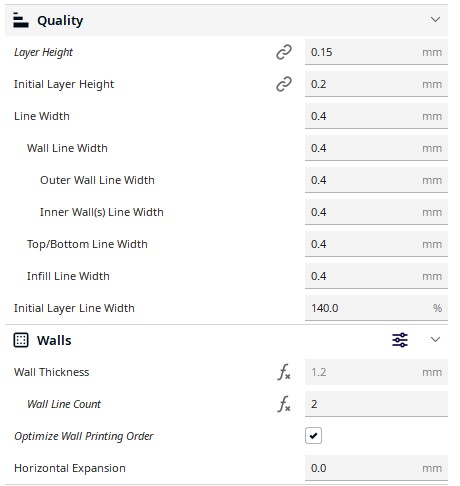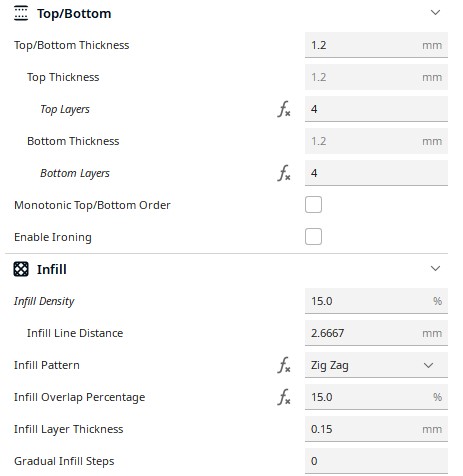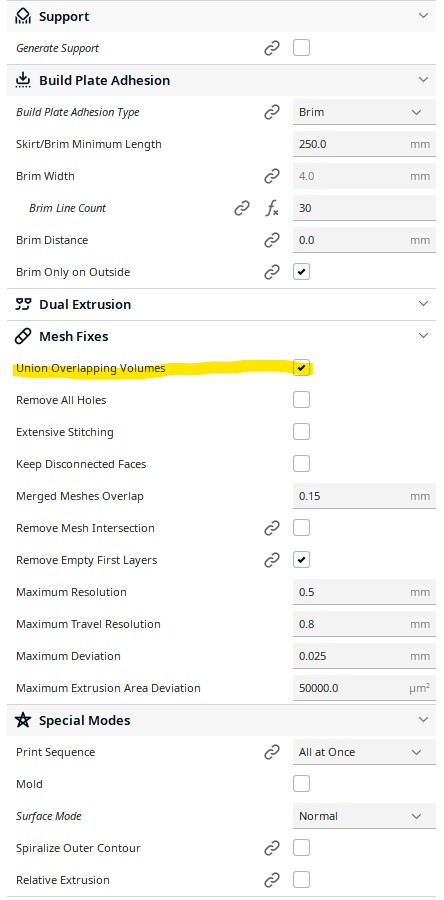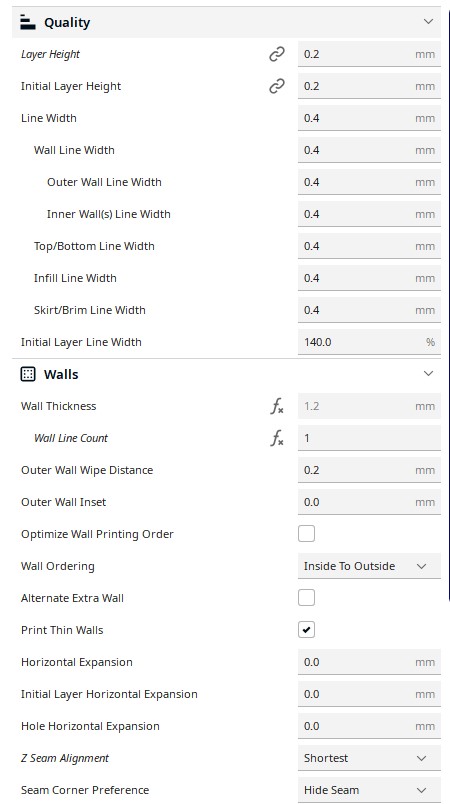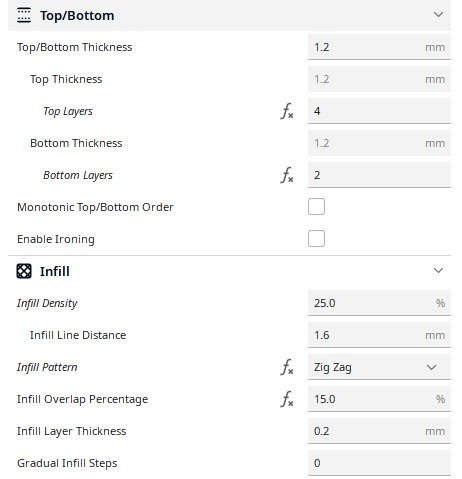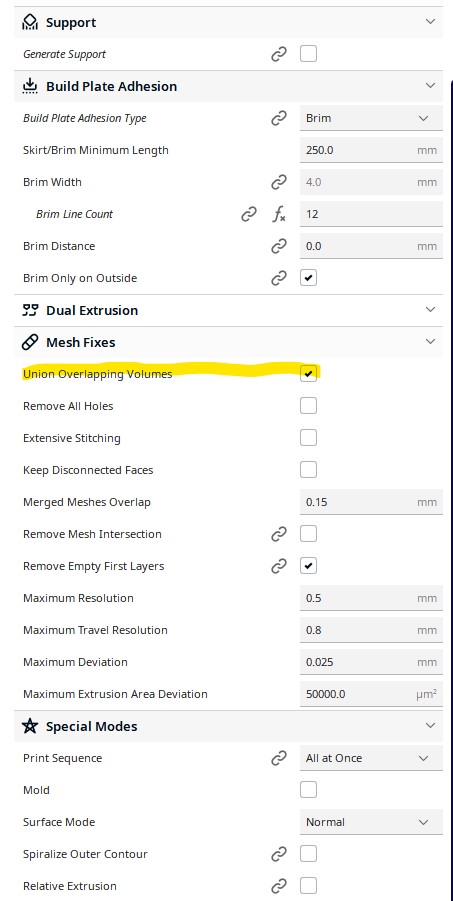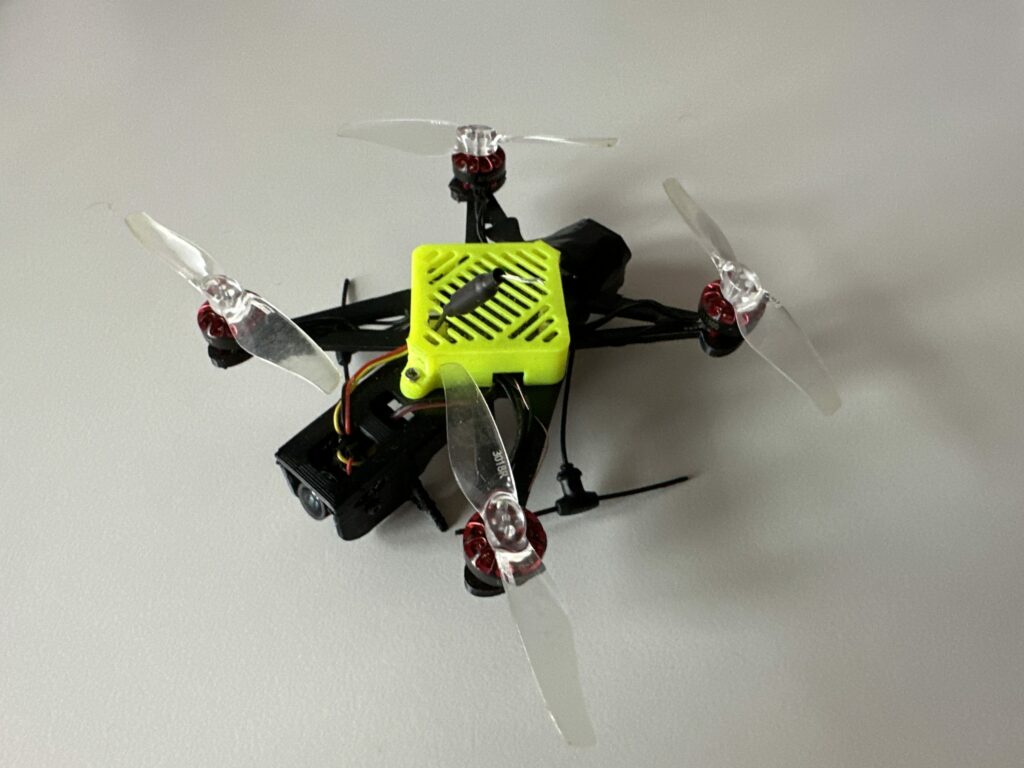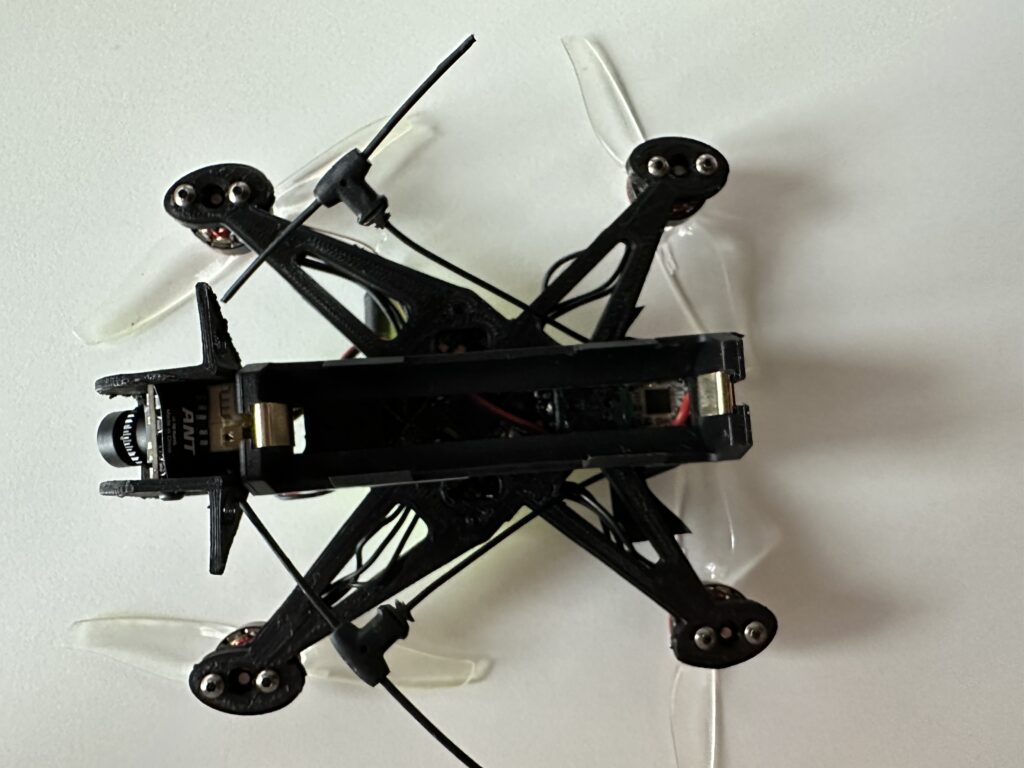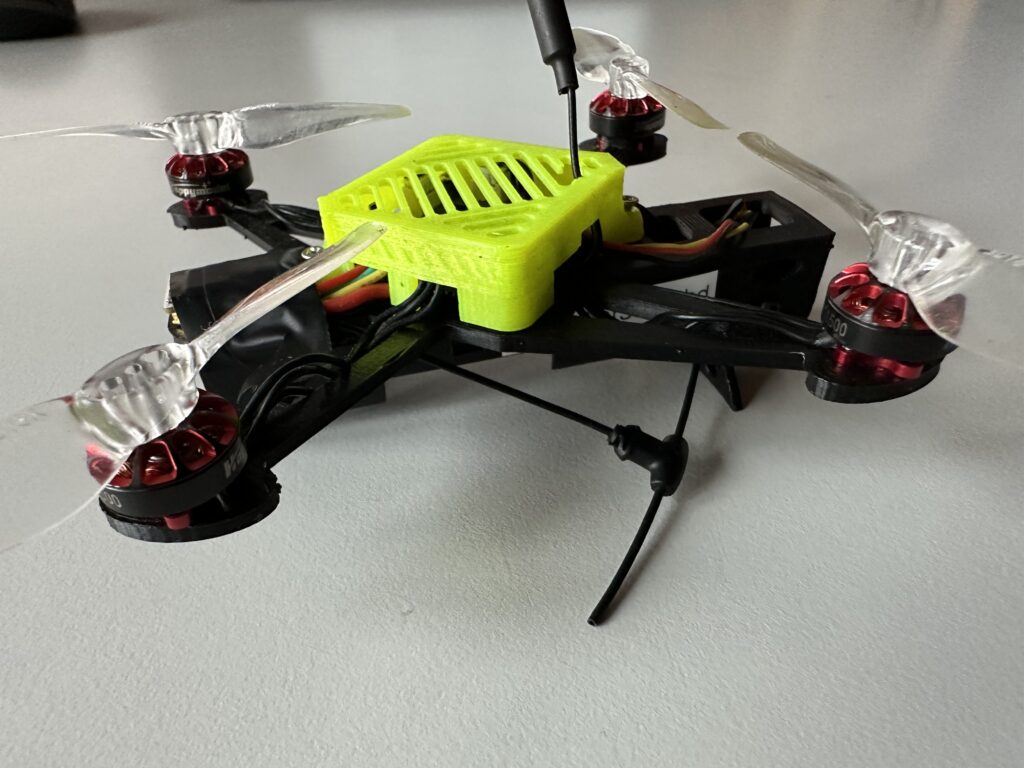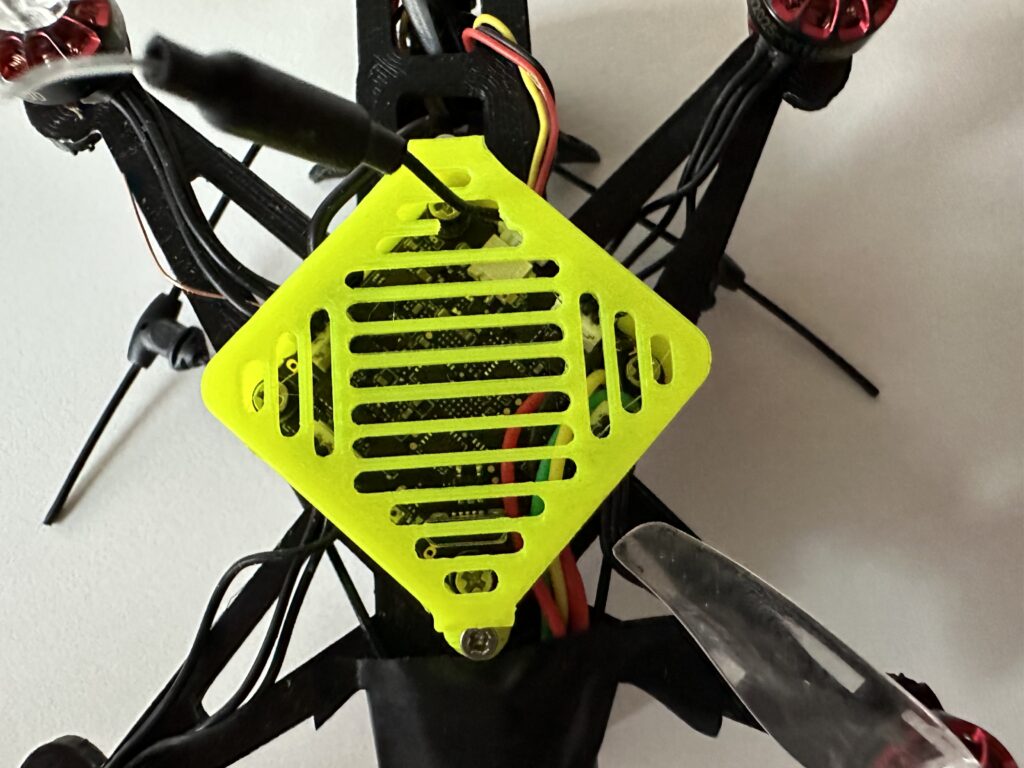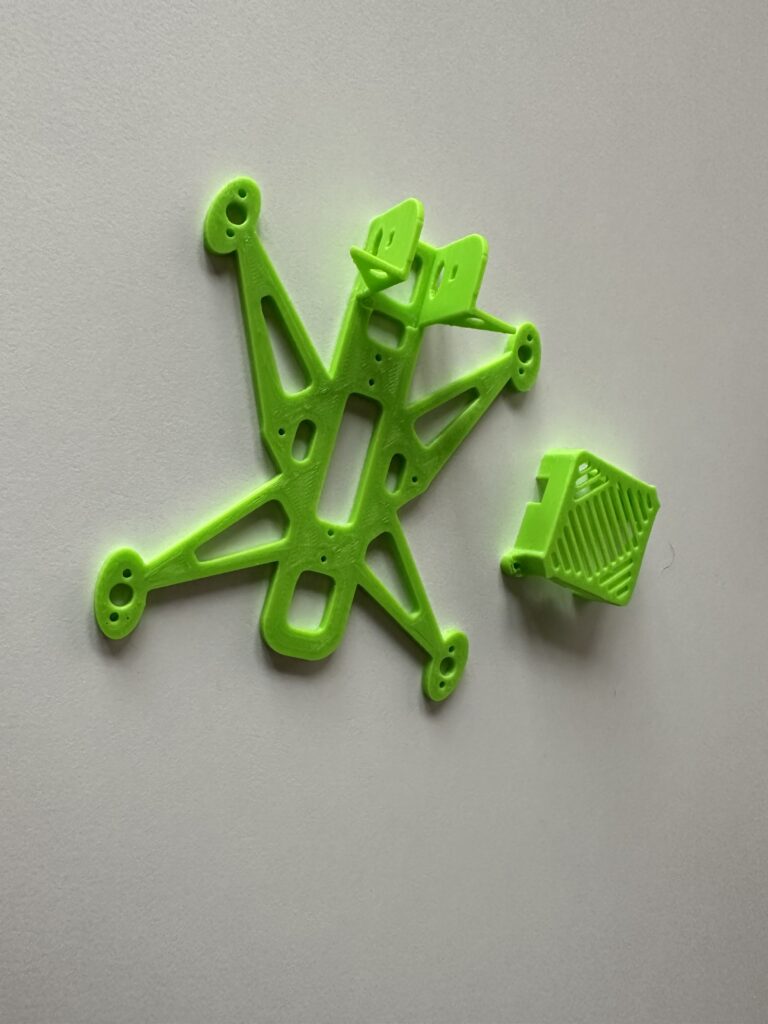Navigating the world of wireless communications requires a fundamental understanding of different frequency bands and their distinct characteristics. These frequency bands, ranging from Very Low Frequency (VLF) to Super High Frequency (SHF), play crucial roles in aviation, remote-controlled (RC) airplanes, and First Person View (FPV) drones. This guide will delve into the specifics of these frequency bands, providing insights into their use in the aviation and RC hobbies. Let’s uncover the intricacies of these radio frequencies.
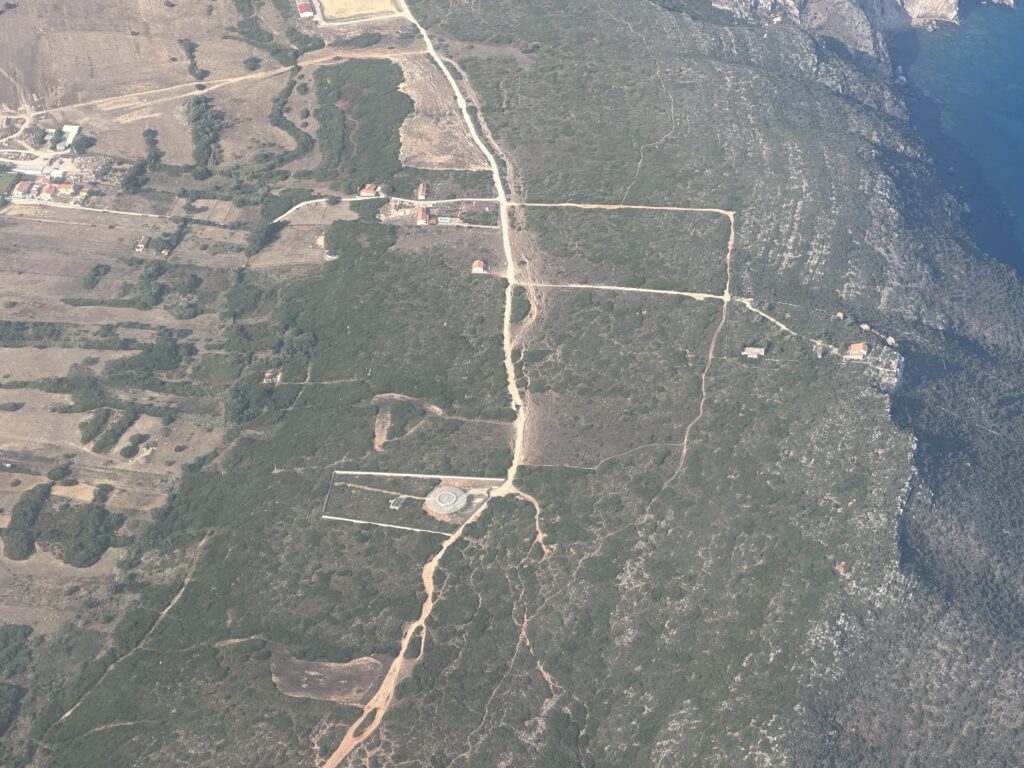
- VLF (Very Low Frequency): 3–30 kHz. VLF waves can penetrate sea water and therefore used for submarine communications. However, due to their low frequency, large wavelength, and low data rate, they are not typically used in aviation or for drones/RC aircraft.
- LF (Low Frequency): 30–300 kHz. This band is used for navigation systems like LORAN and for time signal stations. It has a long wavelength, which makes it suitable for ground-based radio navigation.
- MF (Medium Frequency): 300 kHz–3 MHz. This range includes the AM radio band (535–1605 kHz). In aviation, MF is used for Non-Directional Beacon (NDB) navigation (190–535 kHz). The data transfer rates are still low, but higher than VLF and LF.
- HF (High Frequency): 3–30 MHz. Used primarily for long-distance communication, by both fixed and mobile stations. The HF band includes the shortwave frequencies used for aviation communication and amateur radio. It’s good for long-distance communication due to the ability to bounce off the ionosphere, but it can be subject to interference from solar activity.
- VHF (Very High Frequency): 30–300 MHz. This band is widely used for various types of data and voice communications. In aviation, VHF is used for line-of-sight communication such as aircraft-to-aircraft and aircraft-to-tower communications. The frequency range 108–117.975 MHz is used for navigation, specifically for VOR (VHF Omnidirectional Range) systems.
- UHF (Ultra High Frequency): 300–3000 MHz. This band is used for mobile communication. For RC airplanes and drones, the 2.4 GHz band is very popular as it provides a good balance of range and bandwidth, allowing for real-time video streaming and control.
- SHF (Super High Frequency): 3–30 GHz. This band is often used for point-to-point communication, satellite communication, and wireless LANs. For FPV drones, the frequency band around 5.8 GHz is often used for video transmission, offering a higher bandwidth for better video quality compared to 2.4 GHz, but at the cost of shorter range and less ability to penetrate obstacles.
In aviation, the main bands used are MF, HF, and VHF. For RC aircraft and FPV drones, the main bands used are VHF (specifically around 72 MHz), UHF (specifically around 2.4 GHz), and SHF (specifically around 5.8 GHz). These higher frequencies are used for drones and RC aircraft mainly due to the line-of-sight nature of their operation and the need for higher data rates for real-time control and video transmission.
Source: Radio spectrum – Wikipedia

